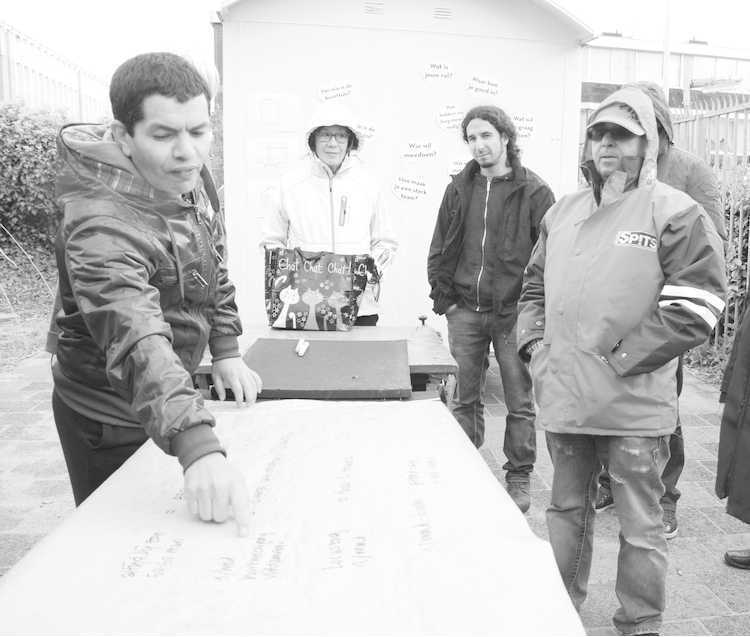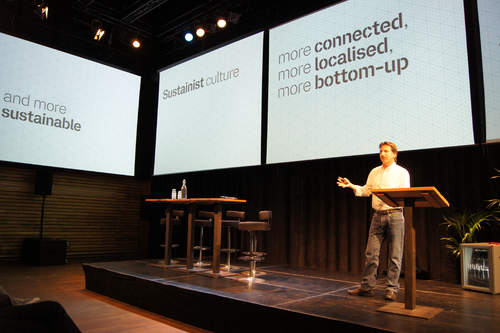Place (social and physical)
The Beach is located in the Garage Notweg, a breeding ground for social entrepreneurship, in the Wildemanbuurt in the Amsterdam New-West area. This culturally diverse neighbourhood with problems and a wealth of initiatives and opportunities is our daily lab where we learn from the locals and give back our knowledge. We consciously choose the scale of the Wildemanbuurt, to act as designers "from within". Proximity contributes to trust and strong relationships; outcomes and impact are immediately visible. We create a hub for new forms of urban development and at the same time an environment for rediscovering our roles as designers.
Co-design
Since 2009, we have been working with local residents, the district, authorities and partners on projects that promote the self-reliance of residents and the quality of life in the Wildemanbuurt. Issues related to care, education, health, energy, safety and a social living environment are discussed. For each project we look for local and (inter) national partnerships. By means of designs with stakeholders at neighbourhood level, we shape new infrastructures for a social and sustainable (circular) city of the future. The roles of designers in this are increasingly taking shape and our co-design approach is developing into a new (unique) design practice and methodology.
The action perspective of sustainism In our practice, we use "signposts", which are extensively discussed in our Sustainist Design Guide (BIS Publishers, 2013), as a guide for social and sustainable design in a new era we call "sustainism". Not only do we see a growing focus on sustainable design in an environmental-technical sense, but forms of social sustainability are also clearly emerging. A cultural era is developing in which people - the resident, the citizen, the user - become more central. New practices arise in shaping the city, neighbourhood, communities and living environments, often based on values and principles other than those used up to now, such as reuse or collective ownership. Developments such as bottom-up, co-design and the growth of a sharing economy create a new context for the design of the living environment and our spatial design of the city. So much so that we need a new action perspective and new design approaches. With a new design agenda: based on values such as sharing, connectedness, localism, proportionality and sustainability. In the era of 'sustainism' it is no longer a matter of designing for people and society, but designing with people and in society.

